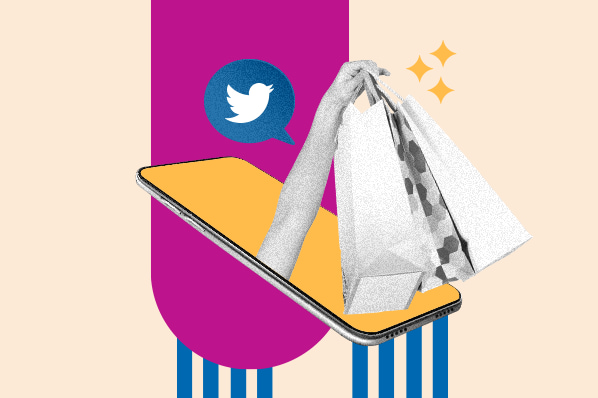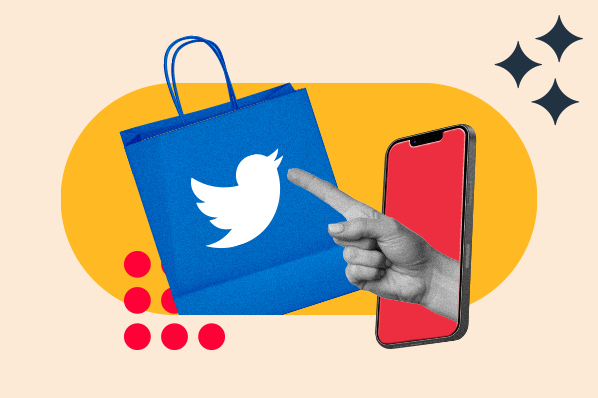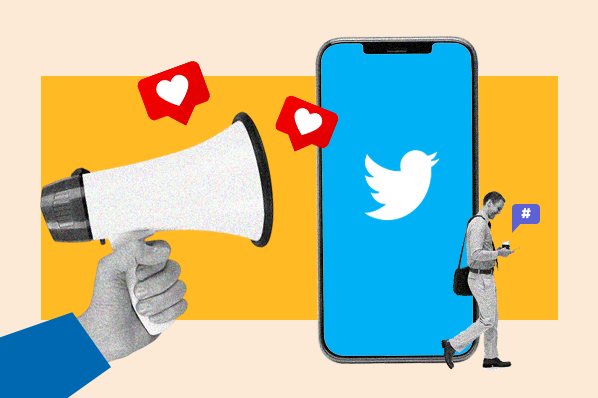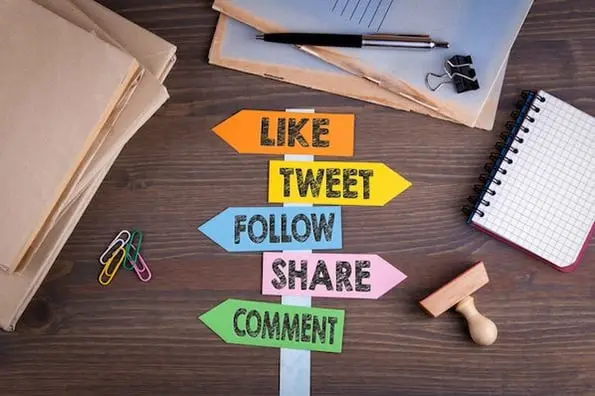Top 3 Best Twitter Alternatives
These alternative social media have similar features to Twitter.
1. Mastodon
Launched in March 2016, Mastodon has about 2.5 million monthly users. Like Twitter, the platform allows users to post and follow their favorite people and organizations and like and repost content. However, there is one major difference between Twitter and Mastodon. While Twitter is a single platform, Mastodon is a "federation" comprised of interconnected, independently operated servers.
These interconnected servers are called the "fediverse," and each server has its own rules. As a user, you can interact with users from other serves outside your own, but the rules of the server you're assigned determine what you can do. If you don't like your server, you can switch to a different one, but then you have to abide by the rules of your new server. However, you can keep the relationships and connections you made in your original server as you move to a new one.
Mastodon emphasizes community, therefore marketers may have a difficult time finding their footing for their business in fediverse.
Pro Tip: If you're interested in pivoting, I'd suggest investing in influencer marketing to connect with your target audience on Mastodon.
2. Hive Social
Hive Social was launched in 2019 and has about 2 million users. The mobile-only app looks similar to Twitter, allowing users to scroll through the platform and "heart" and repost content. Users can also use hashtags to find desired content or audiences. But that's about where the similarities stop.
Unlike Twitter, Hive boasts a much simpler chronological feed — rather than one that is algorithm-based. It also doesn't have a character limit, allowing much longer posts that resemble Tumblr posts.
And finally, Hive Social is much more customizable than Twitter. Users can choose background colors for their profile, and add their pronouns and astrological signs. One unique customization feature that stands out is the ability to sync your Apple Music or Spotify account and play a song or two for users visiting your profile.
For now, Hive Social doesn't have a "verify" feature like Twitter, which can pose a problem for brands and content creators concerned about users impersonating them.
Pro Tip: Should you decide to pivot to Hive Social, you should be aware that the app is only run by three people who are still working out different bugs as more people flock to the app. One bug is the app's tendency to crash since the massive influx of users.
3. Cohost
According to its website, cohost is a web-only social media platform with over 111,000 users . The platform was launched in February 2022 and is invite-only for now.
Like Twitter, Cohost allows users to follow other users and share, like, and post comments under posts. However, users cannot publicly see a post's likes or see who or how many people follow another user.
The platform also doesn't allow ads, doesn't have a character limit, and it doesn't have a recommendation algorithm — so posts appear in chronological order and can be pretty lengthy.
Pro Tip: Cohost also stands out because multiple people can co-own a single page — a great feature for brands and content creators doing collaborative projects.
Twitter Alternatives for Building Community
If you're looking for a social media platform that allows you to build a community around your brand, the following platforms are worth looking into.
4. Reddit
The longest-running app featured in this blog, Reddit was founded in 2005 and has 430 million monthly active users. Reddit is a social sharing site split into thousands of smaller communities called "subreddits." Each subreddit is dedicated to a particular topic. Most subreddits have their own set of community rules users are expected to follow.
Users can submit links, pictures, videos, questions, and information for other users to vote on. The more likes a post gets, the more visible it becomes. The more downvotes a post gets, the less visible it becomes.
Marketers can host Q&A forums called Reddit AMA's (Ask Me Anything) to engage with their audience and answer questions about a product or service. Marketers can also be active in subreddits that correspond with the niche.
Pro Tip: Reddit also has Reddit Ads feature that marketers can use to stand out on the website, measure the success of their content, and connect with their target audience.
5. Discord
Discord is a voice and chat platform launched in May 2015, and it now has over 150 million monthly users. Users are able to start and join different servers within the platform to discuss niche topics or connect with their favorite creators.
Pro Tip: The platform doesn't have any native advertising tools, but it's a great avenue for brands to discuss with their audience about shared topics of interest in real time.
6. Tumblr
Microblogging website Tumblr was launched back in February 2007 and now boasts 135 million monthly active users. Tumblr allows users to share texts, photos, videos, quotes, music, and more in an infinitely scrolling blog format. The platform seems to be experiencing a resurgence in popularity. In fact, between October 4, 2022, and November 17, 2022, there were over 1 million tweets about Tumblr.
However, if marketers are interested in leveraging the platform, it's important to note the platform appeals to younger and more alternative crowds. About 2 out of 5 users on Tumblr are between the ages of 18-25 and most media on the platform appeals to millennials and Gen Z.
Pro Tip: Fandom content as well as niche products and clothing lines typically do well on the platform.
Twitter Alternatives for Audio Content
One of Twitter's most popular features is Twitter Spaces, which allows users to host and participate in live audio conversations. Here are some social media platforms that have similar features.
7. Clubhouse
Launched in April 2020, Clubhouse skyrocketed in popularity at the start of the pandemic when many people were stuck at home and looking for community. The audio-chat app attracted notable public figures and creatives like Kevin Hart, Tiffany Haddish, Mark Zuckerburg, Ashton Kutcher, and Malcolm Gladwell. They would use the platform to connect with fans and promote their work.
While the app has since waned in popularity as other platforms dabble into audio chats, Clubhouse still boasts 10 million weekly users as of mid-2022 — meaning there is still a sizable audience to tap into on the app.
Pro Tip: Marketers can use Clubhouse to have live conversations, Q&As, and panel discussions with their followers.
Twitter Alternatives for Short-Form Content
Twitter is mostly a micro-blogging and text-based platform, but it's common for marketers, brands, and content creators to post short-form video content. Here are some alternative platforms that prioritize short-form video content.
8. IG Reels
Instagram has 2 billion monthly active users, all of whom interact with IG Reels. Instagram Reels was launched in August 2020 to compete with TikTok. Videos on IG Reels can be up to 90 seconds long, and users can add music, viral sounds, and various special effects and filters to their videos.
Pro Tip: Users can earn money from Reels via the Instagram Reels Play Bonus program. This program is invite-only and allows creators to earn money based on the reel's performance, the number of reels produced, and the creation of themed reels.
9. YouTube Shorts
Launched in September 2020 to compete with TikTok, YouTube Shorts is the short-form video section of YouTube that boasts vertical videos that are 60 seconds long or less. As of June 2022, YouTube Shorts has amassed 1.5 billion monthly active users and over 30 billion daily views from global users.
Another incentive to pivot toward YouTube Shorts is its future monetization program that will launch in 2023. Starting in early 2023, creators can apply to the YouTube Partner Program by meeting a threshold of 1,000 subscribers and 10 million Shorts views over 90s days. Both current and future YouTube Partner Members will also be eligible for revenue sharing on Shorts, according to YouTube.
Pro Tip: Marketers can tease long-form content like longer videos and podcasts by condensing compelling snippets into YouTube Shorts.
10. IG Reels
Instagram has 2 billion monthly active users, all of whom interact with IG Reels. Instagram Reels was launched in August 2020 to compete with TikTok. Videos on IG Reels can be up to 90 seconds long, and users can add music, viral sounds, and various special effects and filters to their videos.
Pro Tip: Users can earn money from Reels via the Instagram Reels Play Bonus program. This program is invite-only and allows creators to earn money based on the reel's performance, the number of reels produced, and the creation of themed reels.
11. TikTok
With 1 billion monthly active users, TikTok was launched in 2016 and propelled short-form videos into mainstream popularity at the start of the pandemic. Though there are several ways to monetize content on TikTok and paid ads are available, brands and marketers often have to leverage influencer marketing on the platform to connect with their target audience.
The reason is that many of TikTok's users are younger and fall into the Gen Z demographic, and Gen Z is less keen on content from brands and more interested in content from people.
Pro Tip: TikTok videos can also be repurposed into Instagram Reels and YouTube Shorts to give them a second life in front of a wider audience.
If your current Twitter strategy has remained successful throughout all the platform's changes, you likely won't need to look into any alternatives. However, if you're looking for a new platform to pivot to in the event Twitter changes too much for your brand, you now have 11 new platforms to check out.
Twitter Marketing


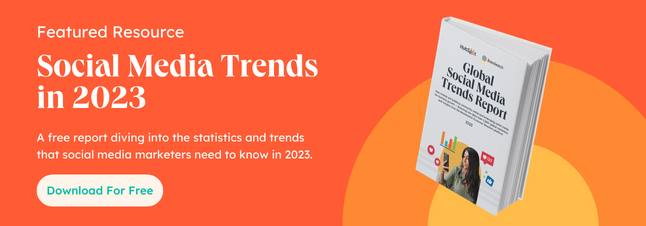
![X (formerly Twitter) vs. Threads: What brands need to know [data]](https://53.fs1.hubspotusercontent-na1.net/hubfs/53/x%20vs%20threads.png)

![Twitter is Dead (Kind of): Where X Stands With Consumers [New Data]](https://53.fs1.hubspotusercontent-na1.net/hubfs/53/Untitled%20design%20(32)-1.jpg)


